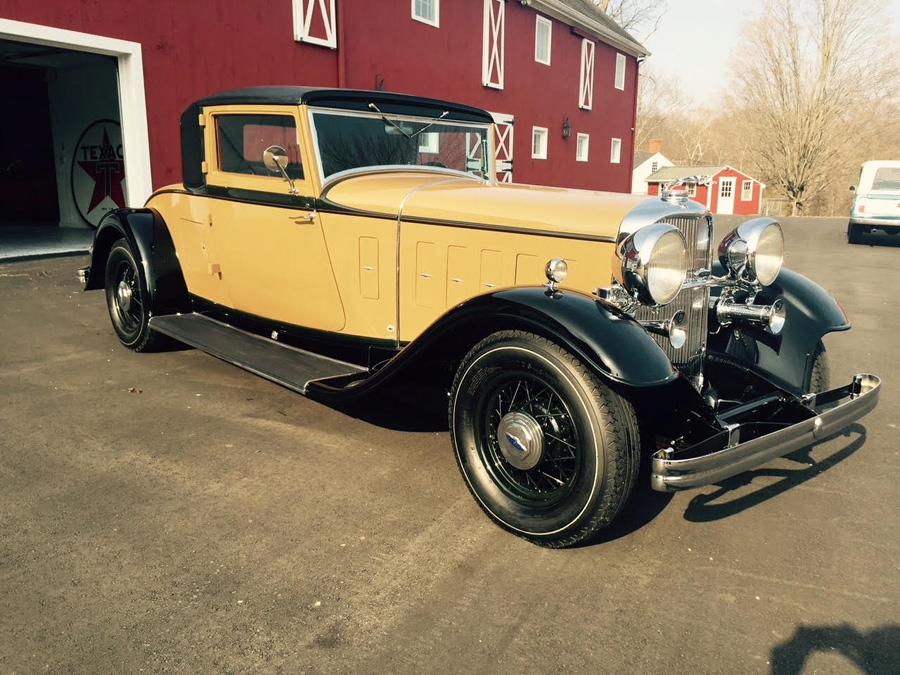Chassis Number: KB1635
This 1932 Lincoln KB Judkins coupe has benefited from a 15-year restoration completed in 2009. Authenticity was emphasized, and a recent inspection by a noted marque expert confirmed its correctness.
This car wears a custom body by Judkins — a firm that was founded in 1857 as a small carriage builder. Judkins furnished custom bodies for numerous car builders of distinction, but Lincoln was their primary client. Between 1921 and 1939, Judkins produced 5,904 bodies with 2,212 being offered on the 2-passenger coupe.
The exact number of Judkins-bodied coupes produced in 1932 is unknown but is thought to be less than 30. The example offered here is believed to be the only example with a rear-mounted spare. This design presents a smooth-flowing fender line that enhances the length of the car while expressing its elegance.

